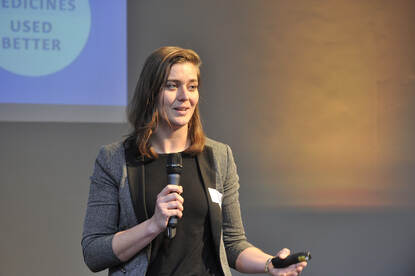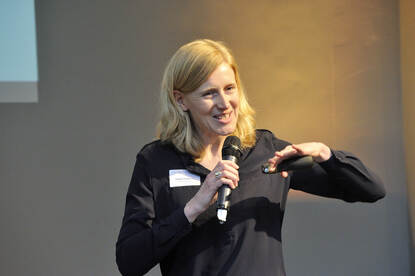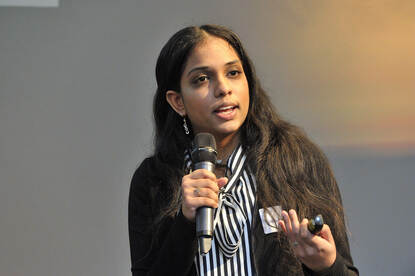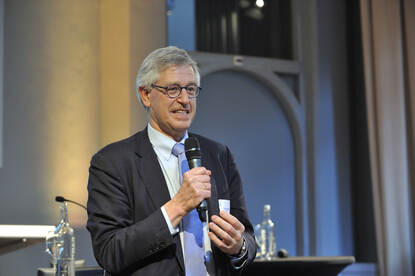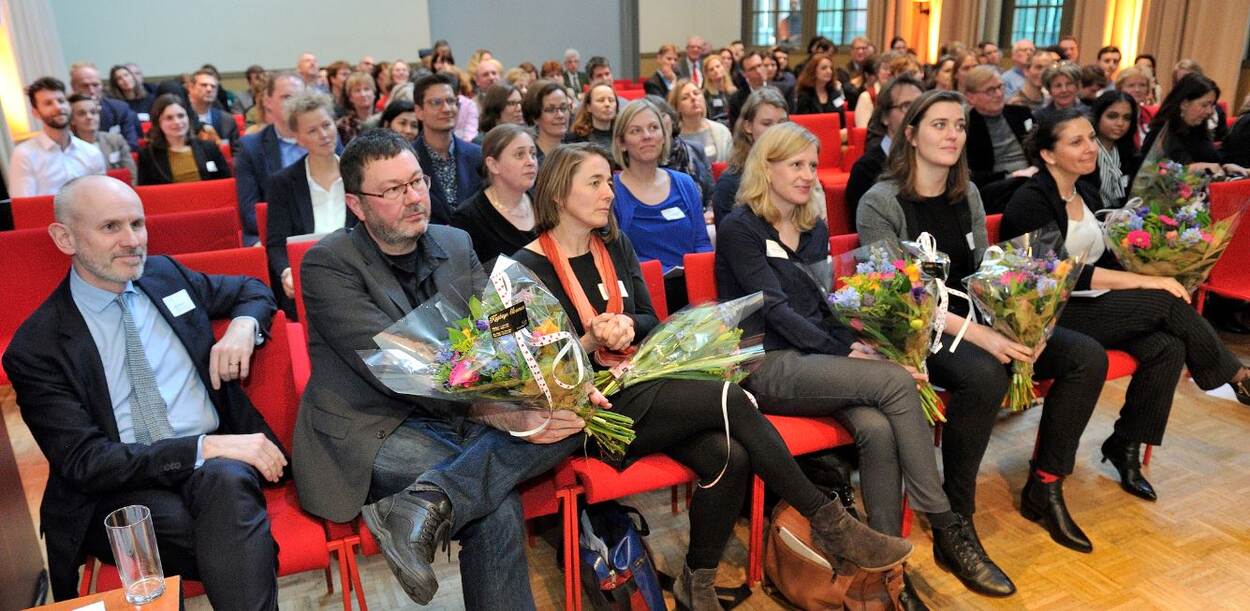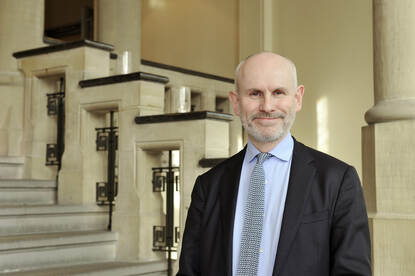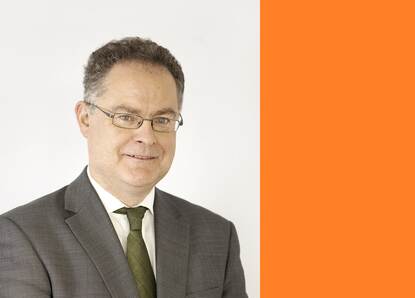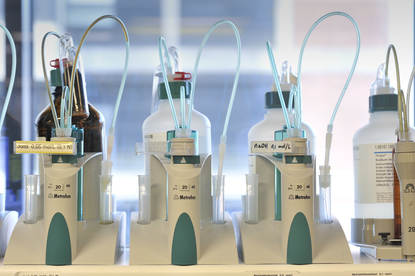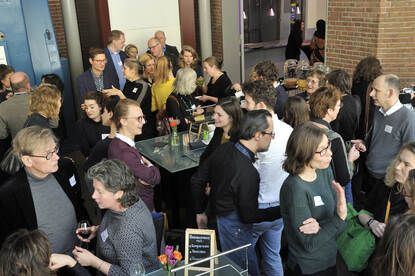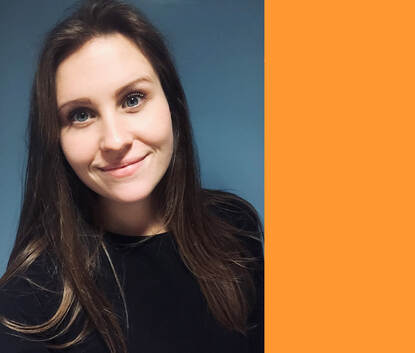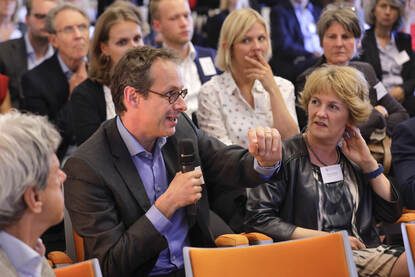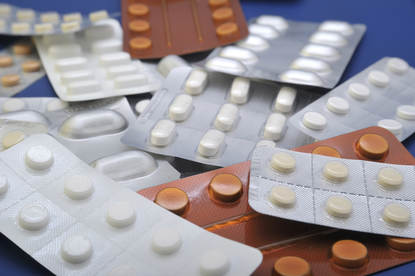Collaboration between stakeholders is crucial to the development of advanced therapy medicinal products (ATMPs)
Developments in science and technology are bringing new opportunities in the field of innovative medicinal products and treatments, such as tissue engineering and gene and cell therapy. Thirteen of these advanced therapies (ATMPs) have currently been authorised. The number of these promising medicinal products is expected to rise in the coming years. In order to achieve good therapies for patients, collaboration between all the parties involved is crucial. This was evident at the MEB Science Day on 14 February 2019 with the theme 'Advanced therapies, regulation and clinical application'.
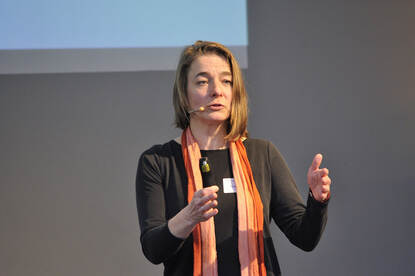
Committee for Advanced Therapies (CAT)
In Europe, it has been ten years since work began on a separately defined group of innovative medicinal products: these are called Advanced Therapy Medicinal Products (ATMPs). Twenty-two applications for registration have been submitted. So far, medicines authorities have approved 13 of these for treatment in patients. “Thanks to the increase in scientific knowledge and the procedures, more therapies will be authorised in the coming years,” according to Carla Herberts of the Medicines Evaluation Board (MEB) and member of the Committee for Advanced Therapies (CAT). This committee assesses the quality, risks and efficacy of the ATMPs.
Over the past few years, the committee has received more than 50 applications per year for scientific advice on these medicinal products, particularly for Genetic Therapeutic Medicinal Products.
There are several promising ATMPs in development. These include the use of modified immune cells in a patient that attack malignant (cancer) cells (CAR T cells), the use of a virus in the patient with haemophilia (Adeno-Associated Virus), and the modification and replacement of stem cells in a patient with a genetic disease such as sickle cell disease (Autologous HSCT for monogenetic diseases).
New products also raise new questions: How, when and for which patients can a therapy be used? In the years to come, it must be made clear how to handle this, says Herberts.
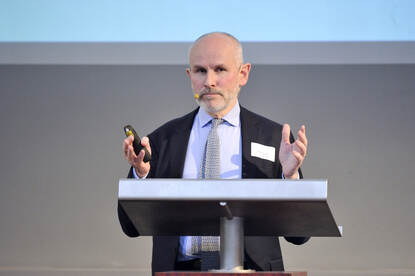
Designing ATMPs with the end in mind
During the Science Day, it was clear that there is still a great deal of work to be done, particularly in the areas of the use of clinical data, registration and the costs and reimbursement of ATMPs. ATMPs are very complicated new and unique medical products or therapies. They cannot be compared to existing medicinal products such as painkillers. In addition, many ATMPs are personalised products, made for one patient. “It is important to ensure long-term collaborations and standardisation of information. That way, we can share and compare the available clinical data of the small patient population and safeguard the quality of the products,” according to Marc Turner, Medical Director of the Scottish National Blood Transfusion Service.
He argues that for ATMPs, the usual method of medicinal product development should be reversed and should start with the clinical application of a product. “Scientists must consider in advance how the product will be used. And collaborate with doctors and practitioners to prepare for the use of ATMPs. With this in mind, the necessary research must then be performed and clinical data collected. The authorisation requirements that the product needs to meet should be clear to them in advance,” says Turner.
Developers and regulators must learn from each other - that is extremely important, because science and technology are developing rapidly,” says Turner. "And if in 5 to 10 years from now, we want to treat a few thousand patients with ATMPs, rather than a few hundred, we need to make sure that the right facilities are in place."
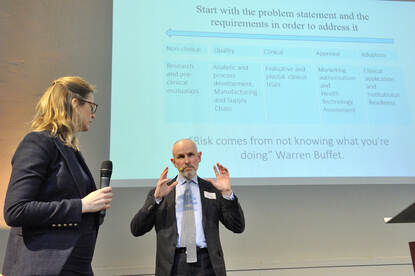
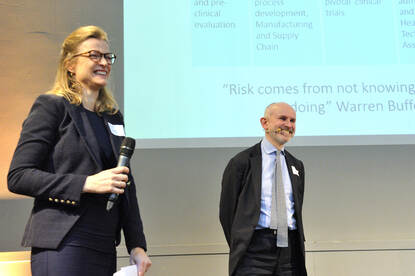
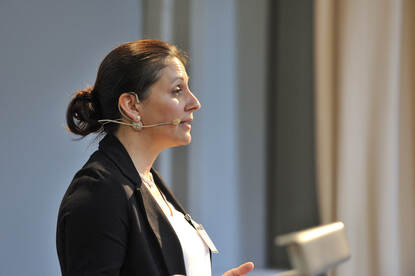
Collaboration of all parties
“Developments around ATMPs are moving very fast. There are now products, raw materials and companies that did not even exist a few years ago. Collaboration is critical in the development and manufacture of ATMPs,” according to Bethany Dudek of Kite Pharma. It is a challenge for pharmaceutical companies to meet the requirements for new treatments, and there are also differences in national regulations (Hospital Exemption) for the application of ATMPs by hospitals in Europe. It is precisely for this reason that it is important that all parties involved collaborate and share their knowledge. This will accelerate the process of development, authorisation and the implementation of ATMPs. It is also important to enter into collaboration with hospitals in a timely manner. For example, there must be sufficient facilities to be able to carry out the treatments within a certain period of time or to store the products at the proper temperature.
Dudek says that a particular challenge is turning a research-based product into a product that can be produced commercially on a larger scale. The company therefore conducts a great deal of research itself and has partnerships with universities, hospitals and cancer institutes. They also regularly consult with the international medicines authorities, the FDA and the EMA.
Everyone is convinced of the opportunities and possibilities of ATMPs for patients.
Medical necessity
At the Science Day, the Health and Youth Care Inspectorate (IGJ) explained the regulations concerning the Good Manufacturing Practices (GMP) quality assurance system. In Europe, market authorisation, monitoring and pharmacovigilance in relation to ATMPs complies with EU regulations. In cases of medical necessity and when no other therapeutic options are available for a patient, hospitals may be granted a Hospital Exemption for ATMPs. In the Netherlands, IGJ grants such exemptions in advance and supervises the implementation of the rules. The IGJ supervises the production sites of the ATMPs.
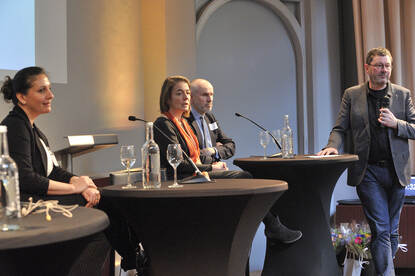
At the 8th MEB Science Day on 14 February 2019, 150 participants saw presentations on ATMPs. Three PhD students were given a platform from which to pitch their Regulatory Science research. The open discussion between the speakers and those in the audience showed that although there is still a lot of work to be done, everyone is convinced of the opportunities and possibilities of ATMPs for patients.
The MEB Science Day 2019 Programme
This video gives a short impression of the 8th MEB Science Day 2019.
Impression of the MEB Science Day at 14th February 2019 in the Muntgebouw in Utrecht with background music. In the Programme you find all the speakers.
